US experts have utilized special technology to track people’s eye motions over different web page designs. Among various other important titbits, they determined that people considered text just before they seen images, and concluded how you could create your headers to grab quick attention.
But that was just the start out. The research developed even more jewels to give your web pages even more eye-catching vitality?
Copy style and layout
Eyetracking research proved that shorter paragraphs hold people’s attention, although longer groupings tend to place people away reading. (Remember, we’re a lazy number! )
Researchers found that optimum section length meant for holding focus was simply a sentence or two! So if you find that you happen to be using sentences of 60 words or more, try isolating the text into more palatable chunks of 31 words.
Some site owners split all their web copy into two or more columns, mimicking newspaper layouts. This may be employed by printed videos, but groundwork showed it doesn’t succeed on the web, with individuals losing focus over multiple columns.
If you’re employing two-column copy on your web page, you’ve most likely got even more text you really need. Make an effort cropping it to a more manageable amount of time, or maybe dividing it over two pages.
Course-plotting bars
They are usually placed in one of three areas on a site: vertically down the left or right hand sides, or perhaps horizontally throughout the top.
Eye keeping track of tests showed that nav bars at the right side outperformed some of those on the left. They received eye-fixations for considerably longer, though this might be due to the novelty value – people are more used to seeing them that you write in the cue section.
However , the clear success for getting attention was the side to side top unit, which kept people’s look for a lot longer than the vertical variants.
Adverts and offers
The moment you’ve got a particular offer with respect to visitors or perhaps you’re advertising and marketing an affiliate assistance, placement is everything.
Exploration found that ads in the top left-hand portion of a webpage get the most eyesight fixations. Ads on the right side don’t accomplish that well. And curiously, that’s the exact complete opposite to the guideline for press advertising!
Furthermore, if you place your ads or banners towards the foot of the page, they will hardly be observed at all. Information and facts of virtually any sort should always be above the flip so guests can see that without hitting the dreaded browse bar! Advertising and offers close to copy is known as a really valuable trick. Advertisements close to head lines get the most focus, while www.daikinarchitekci.pl banners and ads above your logo and course-plotting bar are less effective.
Textbased adverts definitely outperformed image ads in tests, in all probability because people take time to read all of them. So think about using fiel ads which includes catchy duplicate – not just a pretty picture!
Graphics
Whilst people seem to look at text before pics, graphics even now play a huge role. The image aspect is actually a primary impact on our (subconscious) likability of the web page itself, and larger images with bolder images command many visitor’s attention.
A typical postage stamp mug-shot was uncovered to get a rapid glance coming from just 10% of members, so that’s not a superb contender with respect to precious space on your site. But an ordinary sized picture of about 230 x 230 pixels received longer attention from more than 70% of test subjects – consequently if you’re opting for an image, it pays to go to get broke!
Another important finding (that just verifies what professionals have been expressing for years) is that apparent human looks drew one of the most attention. People are interested in persons, and profound emotional answers are drawn from interaction to human content.
Interestingly, the tests also found that people generally click on photographs and images – even if they don’t lead everywhere! So it might be an idea to hyperlink your images somewhere relevant, or to toss open a pop-up eyeport?? The research likewise showed that people recall straightforward facts, brands and places best when ever they’re presented as text. But fresh, unfamiliar concepts and facts were better recalled if they were announced through design and toon.
So when you’ve got varied levels of data and depth to convey, consider how greatest they could be disseminated. It’s always best to fresh paint the wide-ranging strokes with eye-catching headers and strong copy. But once you’ve got a complex concept helping put across, think about using diagrams, audio or perhaps video rather.
Remember, when ever each factor on your webpage draws interest, you’re making a connection – and people can take more time to view what you happen to be offering. Every second they stay on your blog is another second they’ll avoid your competition!





